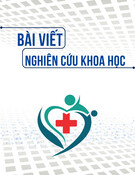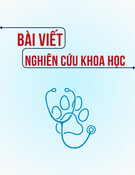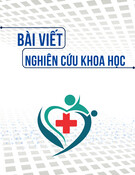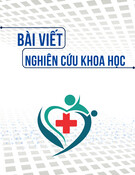
Bronchitis and Community
Acquired Pneumonia
Lisa A. Cosimi. M.D.
Brigham and Women’s Hospital
Beth Israel Deaconess Medical Center
Harvard Medical School

Case 1
•Mrs. Thuy is a 63 year old previously
healthy woman who presents to your
office for the second time in one week
with a cough productive of yellow sputum
and rhinorrea that won’t go away. She’s
requesting antibiotics because her
neighbor told her this would help her to
feel better. She has no fever, O2
saturation is normal and her lungs are
clear.

What do you recommend?
a) Azithromycin
b) Doxycycline
c) Levofloxacin
d) Erythromycin
e) Reassurance that she will begin to feel
better soon

Acute bronchitis
•Definition: Upper respiratory infection
associated with cough, lasting less than 2-3
weeks.
•Patients may also have symptoms of
rhinorrhea, sinus or nasal congestion though
not always present

Acute bronchitis
•Very common
•In U.S., 70% of cough presentations
•Viral etiology is most common (adenovirus,
influenza, rhinovirus, parainfluenza, RSV)
•Generally, self limited (1-2 weeks)

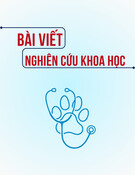










![Bài giảng Vi sinh vật: Đại cương về miễn dịch và ứng dụng [chuẩn nhất]](https://cdn.tailieu.vn/images/document/thumbnail/2025/20251124/royalnguyen223@gmail.com/135x160/49791764038504.jpg)

